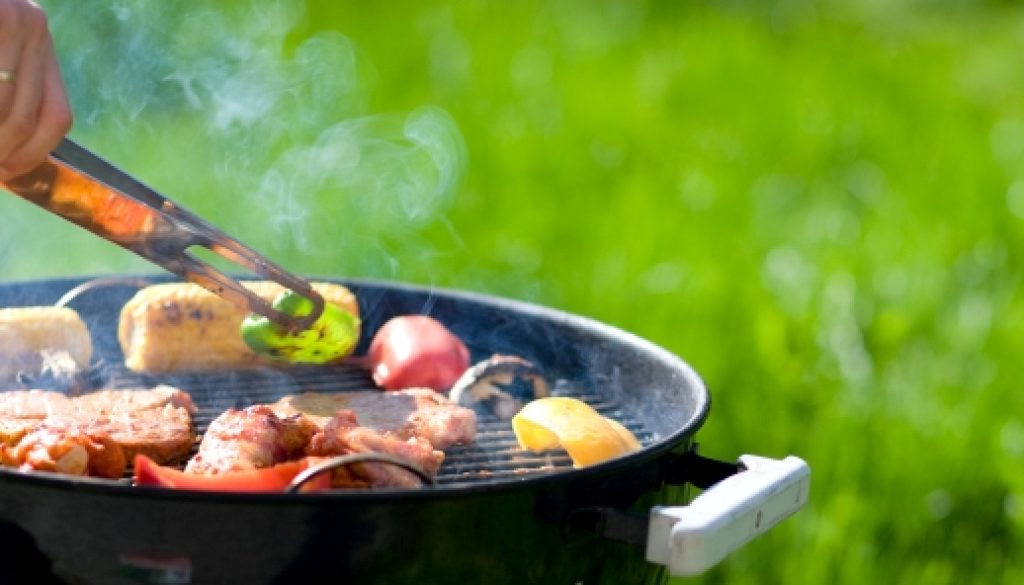How to be Gas Safe

Every September there is Gas Safety Week; a national campaign dedicated to raising awareness of gas safety and promoting the importance of always adhering to manufacturers’ guidelines.
Don’t take Gas for granted
Approximately 21 million homes in the UK regularly use gas for their heating, hot water and cooking facilities, including BBQs. We tend to take these types of appliances for granted and therefore rarely consider their safety, despite using them on a daily basis. But it is vital that we keep up with maintenance of our gas appliances and always use them as advised to minimise the risk of a gas leak which can in turn lead to fire, explosions and carbon monoxide poisoning.
Barbecuing whilst camping
Thousands of people are diagnosed with carbon monoxide poisoning every year, and most of these deaths and illnesses could have been easily avoided, especially those caused by barbecues. A common cause of carbon monoxide poisoning is bringing barbecues into tents for warmth while camping. Ian Hewlett, who is the Camping and Caravanning Club’s Technical Manager would therefore like to “urge new and experienced campers to read all available information” on the topic of gas safety and advises that they will continue to work hard to ensure their messages are visible across all platforms to minimise the risk in future.
BBQ’s and carbon monoxide
It’s a common misperception that only gas BBQs give off carbon monoxide while in fact, all types of barbecue release the gas, as carbon monoxide is produced when fuels such as charcoal and gas burn incompletely. With many gas appliances, this will be because it isn’t working correctly, but with barbecues it is part of their very nature, which is why they are for use solely outside in well ventilated areas. Even a cooling barbecue gives off significant amounts of carbon monoxide, and as the gas is colourless and odourless, you may not even notice. We want to remind everyone out barbecuing and camping this autumn and winter to not lose sight of this, and to never bring your barbecue inside. For more information on how to barbecue safely on campsites, The Camping and Caravanning Club have created this handy video guide.
Quick tips!
- All types of barbecues release carbon monoxide so ensure they are used in a well-ventilated area.
- Carbon monoxide is colourless and odourless, so ensure you regularly check your appliances.
- When setting up your BBQ, ensure it stands clear of the ground so that there is no possibility of damage.
- No matter how dreary the Great British weather gets, never bring your BBQ inside, even if your windows or tent doors are left open as there won’t be enough ventilation to prevent CO poisoning. Your BBQ should only be brought inside once completely cool, 3 hours or more after it was put out.
- If using a disposable BBQ, be aware that they can release carbon monoxide even when cool, so you must never store used disposable barbecues inside your home, tent, caravan, campervan or any enclosed area.
- If you are using a BBQ away from home, for example when caravanning or camping, make sure the BBQ you buy is an appropriate size for your unit; a large gas BBQ isn’t ideal for tent camping, but likewise if you are family of four travelling in a motorhome, you will have more space to store a larger BBQ!
For more information about Gas Safety and to pledge your support please visit: http://www.gassaferegister.co.uk/learn/gas_safety_week.aspx
